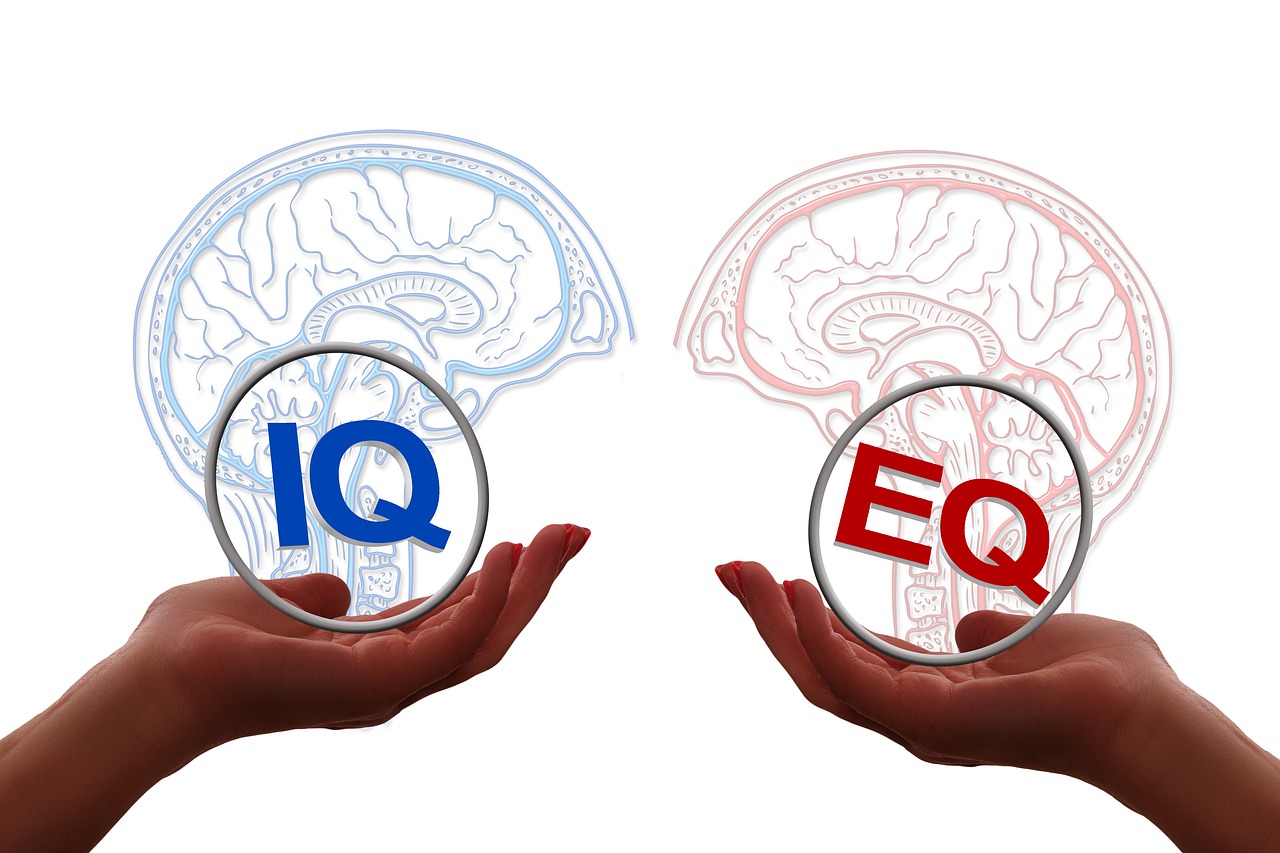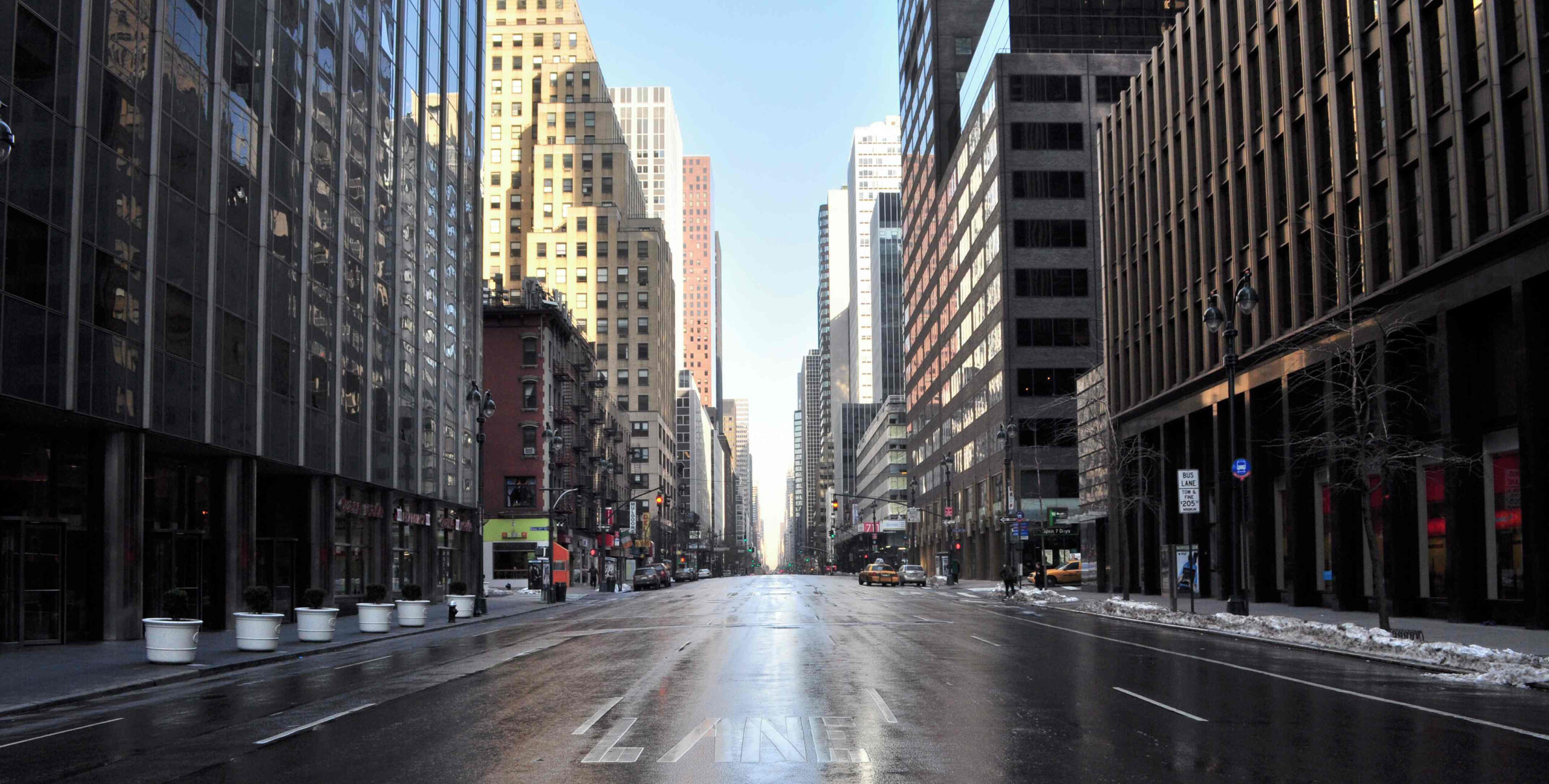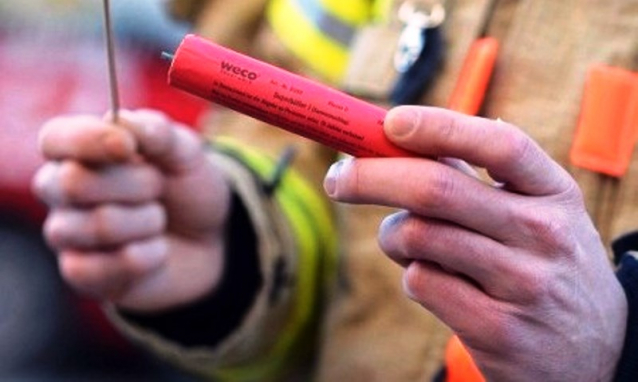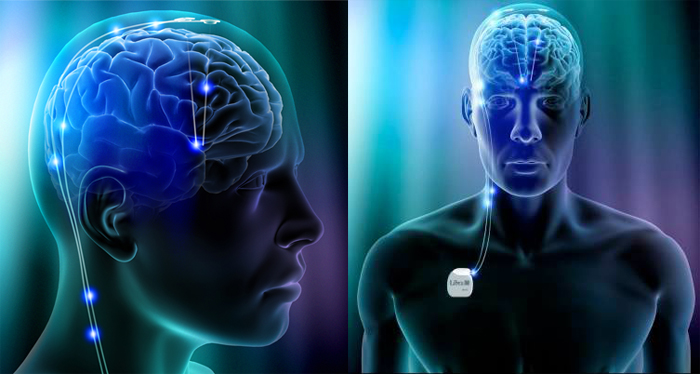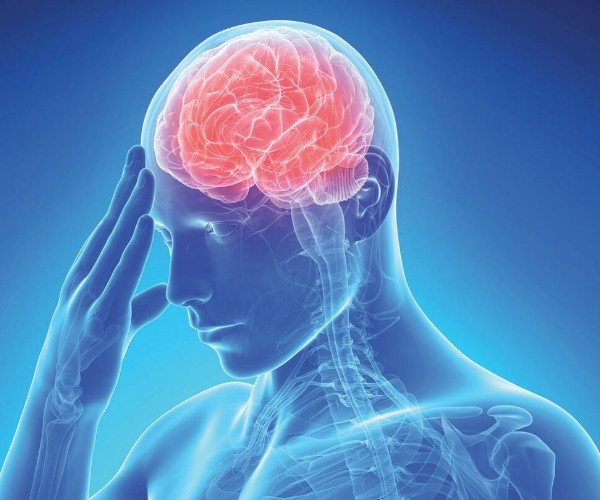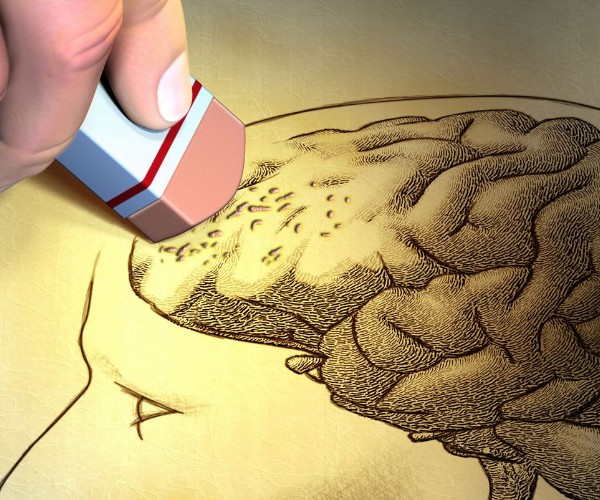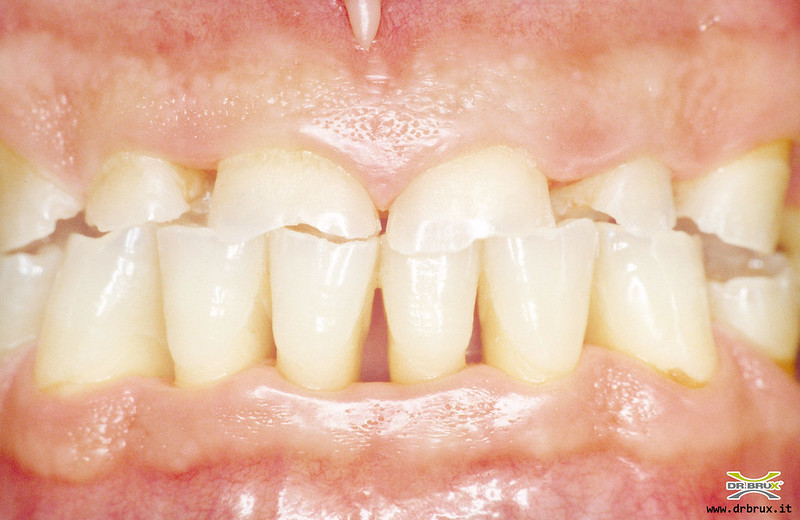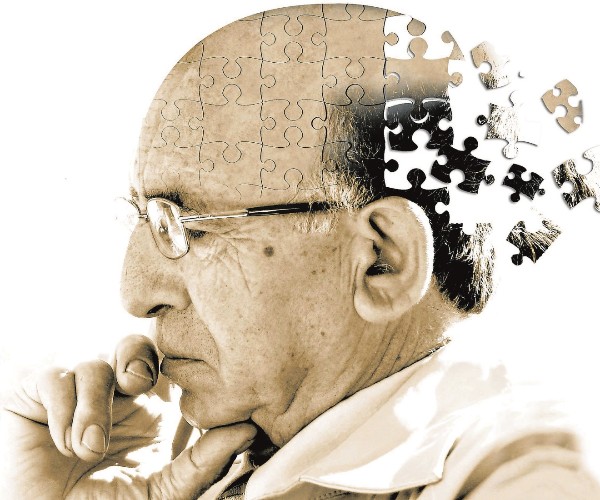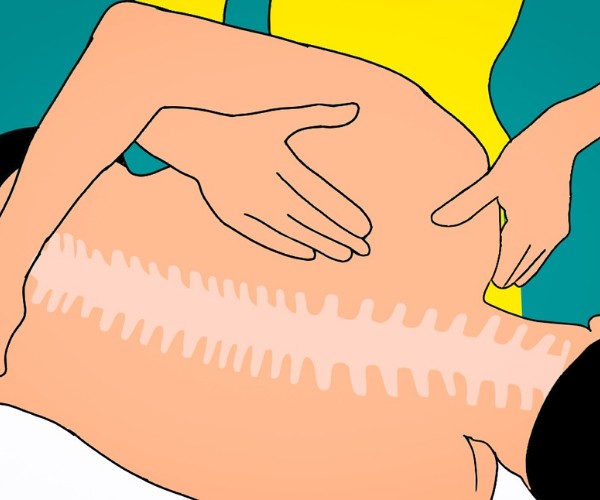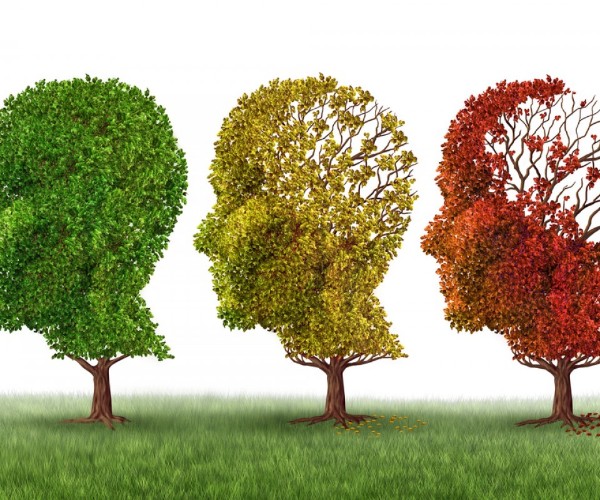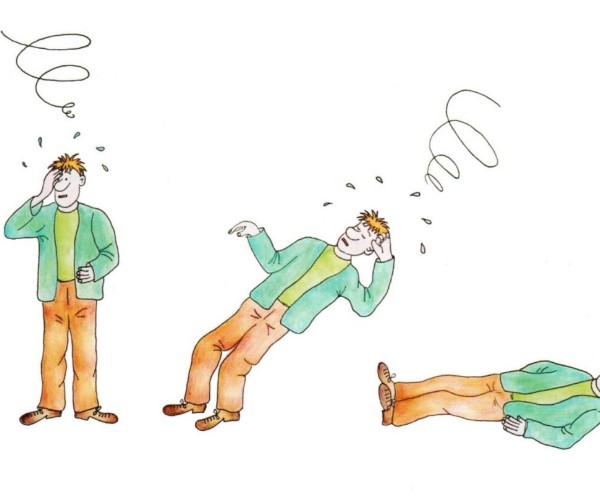While agoraphobia is the fear of open or very large spaces, demophobia is exactly the fear of crowds. The crowds passing by, creating commotion, walking by, simply breathing beside. Those who are demophobic find it difficult to walk in a places such as stations, worse if central in the city network, or in crowded squares, or in busy shopping malls, or in the middle of the highway to common destinations.
Walking through crowds quickly and painlessly is almost an art. But for some it is stressful to navigate among other people trying to find a way out of the chaos. To better understand how people behave in similar scenarios, university researchers set up video cameras in the city of Eindhoven and local train stations, recording all movements for 6 months. To be precise, the chambers were set up at the most crowded spots, and activated throughout the day. Millions of commuters were unknowingly involved in the research.
This huge amount of data led researchers to observe how people react in the short and long term when they have to walk through crowds. On the one hand, there are the ‘social forces,’ a group to which all the people who manage in advance to understand the trajectories of others, avoiding all collisions and leaving themselves the necessary space to pass. Usually the distance at which they aim to pass without brushing against other people’s bodies or clothes is 75-80 centimeters.
On the other hand, there are those who try to avoid the collision at the last because they do not notice another individual coming. In this case, pedestrians completely change direction or make a drastic detour to avoid the impact. In the study, for privacy reasons, it is not specified whether such pedestrians are really unaware of distances or are simply distracted by smartphones. But little changes.
Based on these behaviors, researchers are building a mathematical model that can predict, given a large crowd, the individual movements of each of its members. The purpose? Surely it is to find a way to help future architects and city planners make suitable structures to improve and increase the space for each and every pedestrian.
As was noted in the study, a train station is different from a bus terminal. To access certain tracks, people often walk in the same direction, whereas in a terminal with large spaces there are several opportunities for…head-on collisions between walkers. As a result, a future with more comprehensible roadways and more organized spaces could come in handy for all those people who today avoid large crowds, for fear of being crushed by them or for fear of losing their compass.
The authors of the research are: Alessandro Corbetta (Eindhoven University of Technology), Jasper A. Meeusen (California State University, Long Beach), Chung-min Lee (California State University), Roberto Benzi (Tor Vergata University Rome), Federico Toschi (Eindhoven University of Technology and CNR-IAC, Italy)
An Architectural Cure against demophobia?
Demophobia refers to fear of crowds, that is, fear not only of being in crowds but also of walking in crowded places such as stations, shopping malls or busy streets.
Those who suffer from this disorder feels oppressed and pressured by the presence of others, struggles to maintain his own path, fears being crushed or losing control, and orientation.
But, how do people behave in such situations?
Some researchers, belonging to different universities (Eindhoven University of Technology , California State University, Tor Vergata University Rome) examined 6 months. of footage from cameras mounted in particularly crowded city of Eindhoven and its train stations.
From the examination of this huge volume of data it was possible to observe how some people seem to be able to Predict in advance the trajectory of others and then correct their own, avoiding collisions and managing to leave themselves the space (75-80 cm) needed to pass; others, however, avoid collision only at the last moment, with sudden changes in direction or with disorienting detours.
Based on these observations you are trying to build a mathematical model that allows you to predicting the behaviors of individuals. All this is to provide architects and urban planners of reliable data for designs calibrated not only on the function of the place to be designed but also on the prevailing way of behaving of the people who have to attend it.
In a future then spaces better organized could mitigate the discomfort, in some cases even panic, of people frightened by the crowd.




